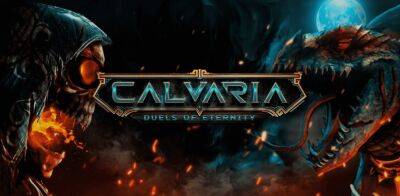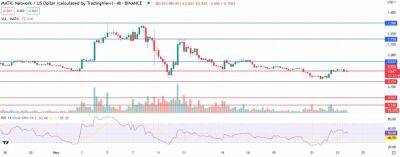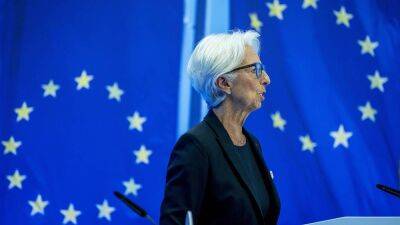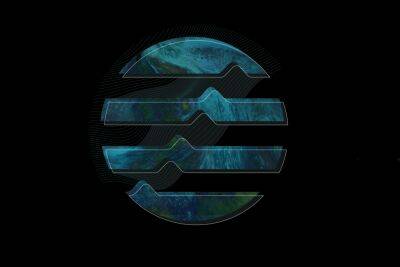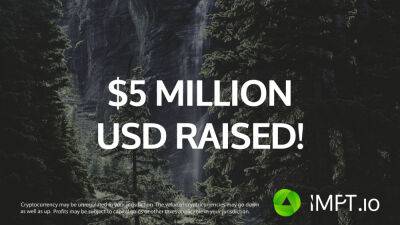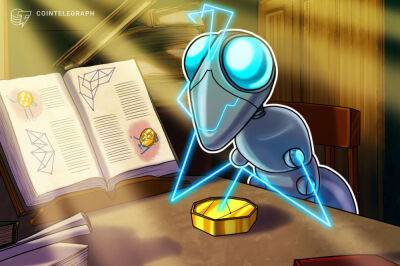Potential US ban is a reminder that influencers should dump TikTok
People are often skeptical about Web3, many of them influencers and digital content creators. Notably, many of those most reluctant to embrace Web3 are very successful on Web2. Since they’ve mastered monetization on popular Web2 platforms such as TikTok, Twitch and others, why bother learning the rules of a new game?
The current regulatory debate around restricting TikTok in the U.S. provides a salient example of the risks associated with Web2 platforms, and why embracing Web3 can both benefit and protect influencers and their fans. The value add of Web3 is twofold — autonomy and insurance. Let’s hope this TikTok proposal provides a wake-up call for influencers everywhere.
There is a common misconception (not helped by the name) that Web3 is here to replace Web2. Rather than thinking about Web3 as a “new web,” it’s best to think about Web3 as a new channel. Web2 isn’t going anywhere soon, and as a creator, it’s smart to monetize as many platforms as possible. Influencers should think of it this way: If TikTok was announced today, would you reject it out of hand just because you were already successful on YouTube? Of course not. It’s the same with Web3.
Related: The future of DeFi is on TikTok
In a Web3 world, where digital content can be “tokenized” as NFTs, creators can set their own payment terms, and fans can actually own the digital item that they’re paying for, whether that be an artwork, a video, a piece of music, etc. NFTs can include royalty parameters, so creators and collectors can benefit directly from the proceeds of secondary market sales. That kind of recurring revenue stream doesn’t exist on traditional Web2 content platforms.
For successful influencers, censorship and “de-platforming” represent a major
Read more on cointelegraph.com



